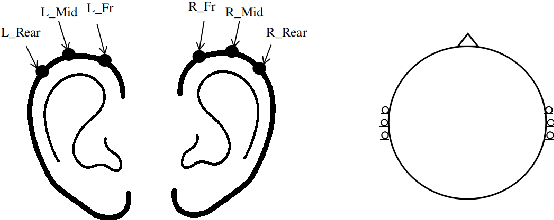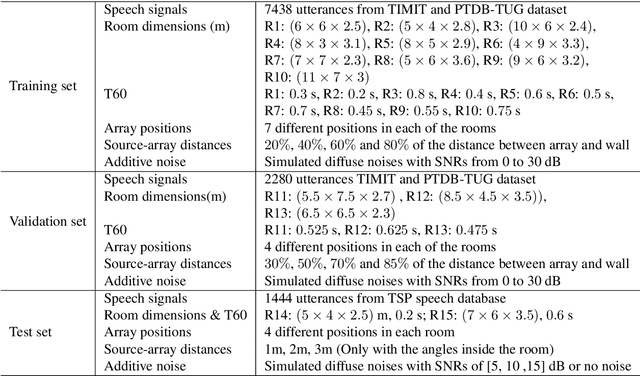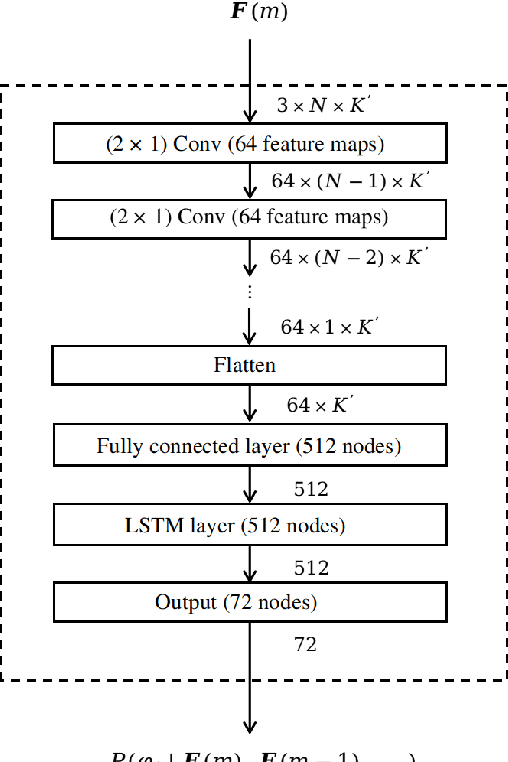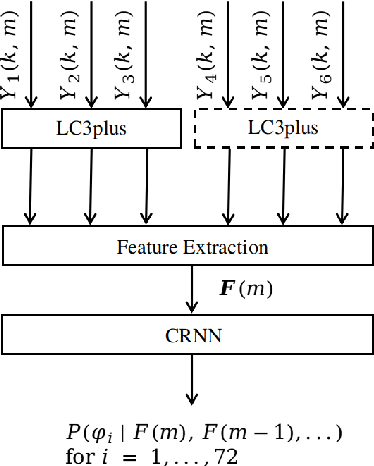Jasper Maes
Influence of Lossy Speech Codecs on Hearing-aid, Binaural Sound Source Localisation using DNNs
Jun 04, 2023



Abstract:Hearing aids are typically equipped with multiple microphones to exploit spatial information for source localisation and speech enhancement. Especially for hearing aids, a good source localisation is important: it not only guides source separation methods but can also be used to enhance spatial cues, increasing user-awareness of important events in their surroundings. We use a state-of-the-art deep neural network (DNN) to perform binaural direction-of-arrival (DoA) estimation, where the DNN uses information from all microphones at both ears. However, hearing aids have limited bandwidth to exchange this data. Bluetooth low-energy (BLE) is emerging as an attractive option to facilitate such data exchange, with the LC3plus codec offering several bitrate and latency trade-off possibilities. In this paper, we investigate the effect of such lossy codecs on localisation accuracy. Specifically, we consider two conditions: processing at one ear vs processing at a central point, which influences the number of channels that need to be encoded. Performance is benchmarked against a baseline that allows full audio-exchange - yielding valuable insights into the usage of DNNs under lossy encoding. We also extend the Pyroomacoustics library to include hearing-device and head-related transfer functions (HD-HRTFs) to suitably train the networks. This can also benefit other researchers in the field.
 Add to Chrome
Add to Chrome Add to Firefox
Add to Firefox Add to Edge
Add to Edge